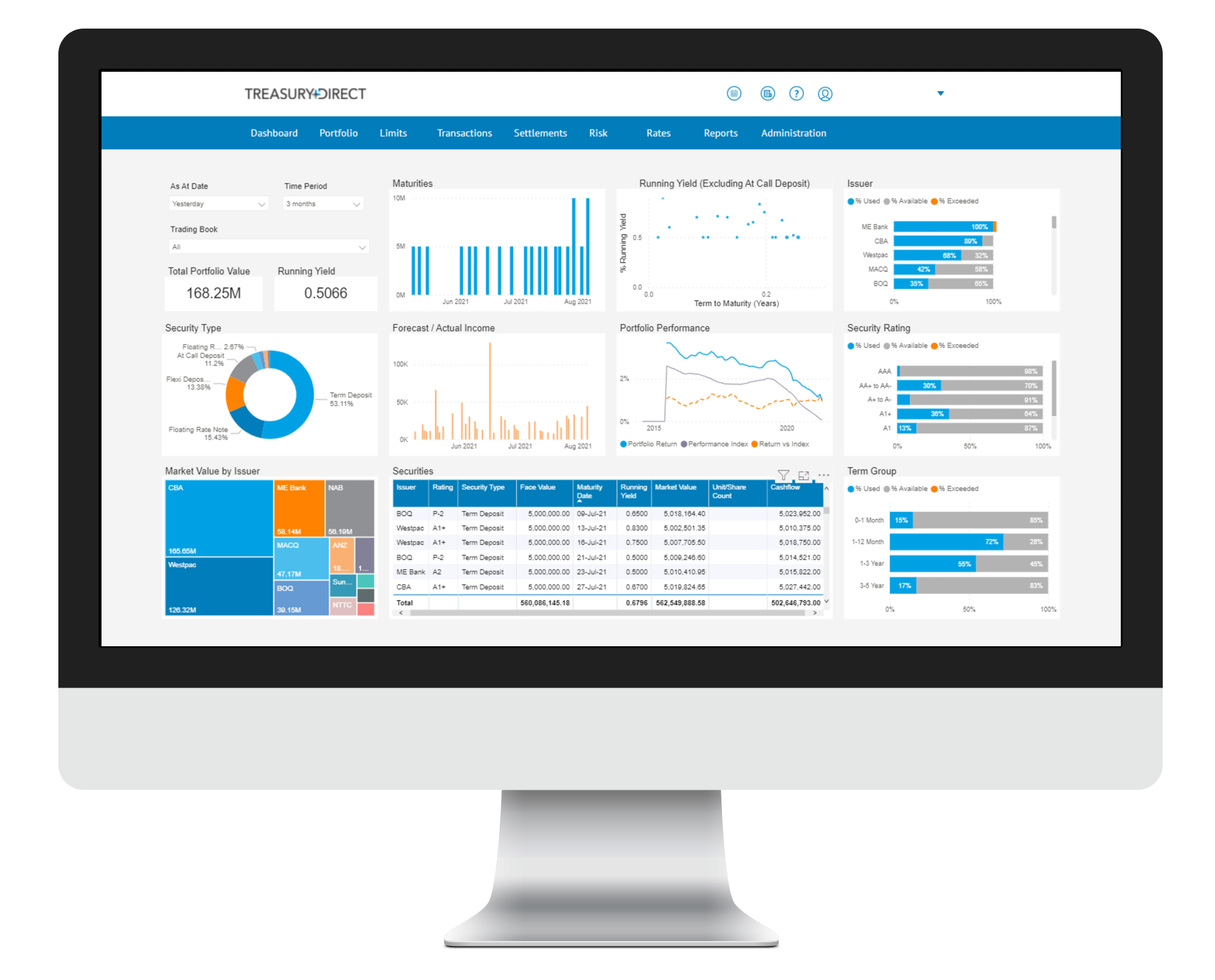Markets Overview
- ASX SPI 200 futures up 0.3% to 8,412.00
- Aussie little changed at 0.6488 per US$
- Australia 3-year bond yield fell 3.1 bps to 3.43%
- Australia 10-year bond yield fell 4 bps to 4.38%
- Gold spot down 0.4% to $3,343.84
- Brent futures little changed at $64.74/bbl
Economic Events
- 11:00: (AU) Australia to Sell A$400 Million 4.25% 2034 Bonds
Equity-index futures for Asian and US stocks rose Tuesday after the European Union agreed to accelerate trade negotiations with the US, easing concerns about re-igniting the trade war.
Contracts for the S&P 500 and Nasdaq 100 jumped over 1% in early trade after a public holiday in the US and the UK Monday. Futures for stocks in Australia, Japan and South Korea also firmed up. Trading in cash Treasuries will resume Tuesday after the holiday. The dollar edged down in early Asian trade with a gauge of the greenback’s strength hovering near its lowest level in almost two years on weak demand for US assets.
“Any further tariff news could inject more volatility into currency markets and pull the dollar down,” Kristina Clifton, a senior economist and currency strategist at Commonwealth Bank of Australia wrote in note. “There is a risk President Donald Trump announces tariffs on pharmaceuticals this week” and the Eurozone is the largest pharma exporter to the US, she added.
The Europe Union’s agreement to fast-track trade talks signaled a more amicable approach just days after Trump criticized the bloc for taking advantage of the US. Tariff headlines are once again dominating the market and investors are closely watching how the administration is dealing in negotiations with Japan and India after talks with China earlier this month boosted optimism.
Over the weekend, Trump extended a deadline on aggressive tariffs on the EU to July 9 from June 1.
The trade tensions and weak demand for US assets are showing up in the dollar. Bloomberg’s dollar spot index was track for its lowest close since July 2023, while the greenback is at or approaching key levels against a host of currencies including the euro, British pound, yen and Swiss franc.
In Asia, China’s central bank asked its major lenders to raise the share of yuan when facilitating cross-border trade, in its latest push for the use of the currency as the world grapples with the onslaught of tariffs by the US. Trump’s plan to bring more factories back to the US has President Xi Jinping’s government also considering options to boost production of high-end technological goods.
There will be close attention on the nation’s electric vehicle sector, after BYD Co. introduced sweeping price cuts. Shares of China’s No. 1 selling car brand tumbled 8.6% in Hong Kong on Monday, sending shares of peers Li Auto Inc., Great Wall Motor Co. and Geely Automobile Holdings Ltd. also down amid investor concern about intensifying competition in the sector.
A key event this week will be Nvidia Corp.’s results on Wednesday. The chip-making giant is seen as a bellwether for so called growth stocks and the sustainability of the artificial intelligence boom. Its outlook will be crucial given macro risks and tariff uncertainty.
Investors are also gearing up for the Federal Reserve’s preferred inflation measure, the US personal consumption expenditures price index excluding food and energy, which will be released Friday. The April reading is forecast to rise 0.1% based on consensus expectations.
In commodities, oil fluctuated on Monday as the market weighed easing trade tensions against the outlook for rising OPEC+ supply. Gold slipped.

